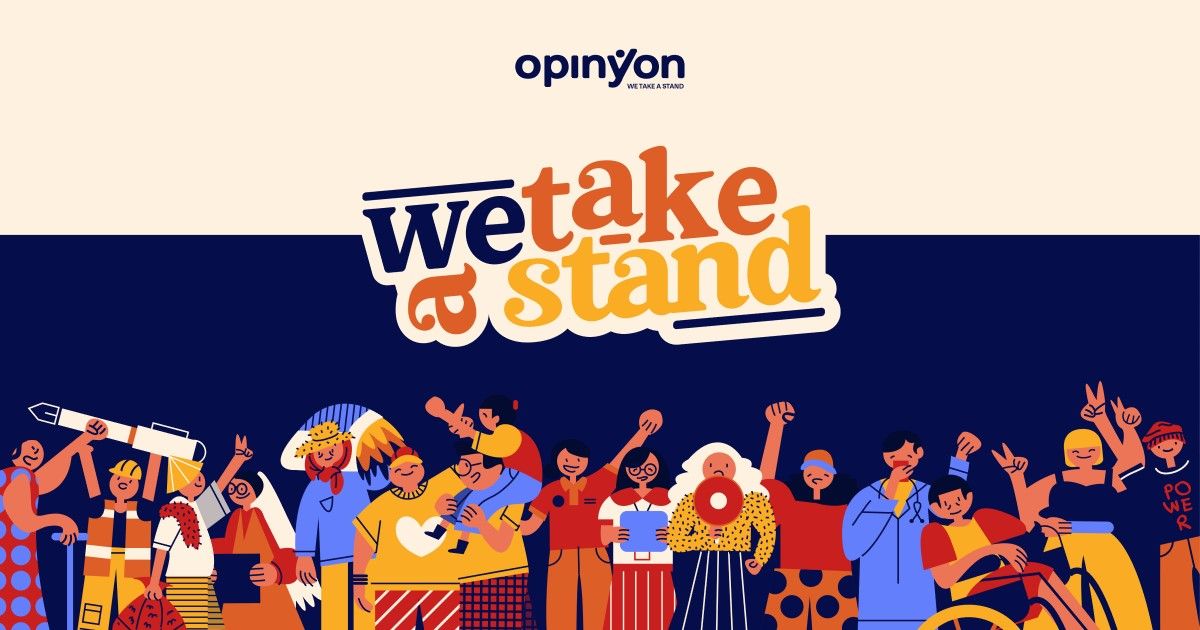Let us talk about heroes and horrors.
Last week, on September 2, marked the formal surrender of Japan to the Allied forces, bringing to an end World War II that killed 75-80 million people.
Many military strategists have posited that the Japanese were stalled in its advance because of how brave and resilient Filipino soldiers and guerillas resisted the overwhelming force of the invaders.
The magnificent manner by which a race fiercely fought a war that was not theirs upturned the Japanese timetable and gave the Americans precious room to reboot its armed forces and eventually turn the tide to victory.
Brown Captain America
This week, on September 11, some Filipinos will be celebrating the birth of a wily man who, by trickery, projected himself as a brown Captain America.
He spread tales (and executed affidavits) that he singlehandedly defeated WWII enemy troops in several encounters.
Ferdinand Marcos, who was buried in the Libingan ng mga Bayani by stealth, has claimed he was a war hero 32x.
To the gullible, he brandished medals and certificates that turned out to be gawang Recto pala!
Falsehood Is Falsehood
This falsehood has been exposed by many researchers, war veterans like Bonifacio Gillego and even by the US government itself.
Jarius Bondoc, among others, briefly enumerated these in the Philippine Star a few years ago.
Karma Will Catch Up
Despite these, there is a move to declare his birthdate a special holiday as part of the supreme but sinister plot to revise history — with this administration as complicit to the redaction.
Like Marcos, this government blatantly takes advantage of confusing and desperate times to advance its horrible agenda.
But let us allow the karmaic forces to catch up with these cabal and, today, let us focus on genuine heroes, albeit in a different front.
An Edifying Poster
I first wish to thank actor Roli Inocencio for pointing to me the edifying poster “The Fighting Filipinos: We Will Always Fight for Freedom” that was used to rally our people during the WWII conflict.
The poster, which shows a bloodied Filipino soldier in an erect, defiant pose, hoisting a fluttering Philippine flag in one hand, and a grenade in another, is inspiring.
It was done originally as a life-size painting by Manuel Rey Isip, a Filipino who migrated to the United States in 1925.
Commissioned By Quezon
This work was commissioned by the Manuel Quezon government-in-exile to extol its valiant citizens.
This was later transformed and reproduced as one of the war propaganda materials.
Isip was part of the first massive wave of Filipinos who sought milk and honey during the Commonwealth period when the Philippines was a protectorate of the United States.
He first landed the British Columbia, moved southward to Seattle, and then to New York.
Naturally gifted, he first did illustrations for newspapers and later movie posters for 20th Century Fox and Columbia Pictures when these studios were located in the East Coast.
Manuel also did covers and inside drawings for numerous magazines.
Art For Propaganda
Manuel was followed by his younger brother, Pagsilang, to New York in 1942, just before the Japanese invaded the Philippines.
Pagsilang dreamt to follow the footsteps of his kuya. He studied at the Art Students League in New York and, at the same time, applied for immigrant status.
Before he could work, he was conscripted to the US Armed Forces. He never saw the battlefront. He was, instead, stationed in San Francisco when it was discovered he had creative talents.
He had his hands full providing art for propaganda.
Filipino Artists Invade The US
After the war, while his elder brother was doing work for the cinema, Pagsilang did work for comics companies: Harvey, Better Publications, the Iger Shop, and more.
This is an interesting anecdote because it predates the so-called Filipino artists invasion of the American comics industry in the late 60s to the 70s.
It also creates a juxtaposition to the works of Tony Velasquez of the Kenkoy fame – pre-war stirrings and the post war surge of Philippine comics.
Velasquez was almost at the same age as Pagsilang. They could have been buddies. We will look into other hypotheses.
Inspired Medical Frontliners
In peacetime America, the Isip brothers were commissioned to do inside illustrations and covers of pulp magazines that were suffused with escapist stories and seductive, sometimes naked, women.
Credits to certain works are occasionally interchanged.
Recently, the Manuel Rey Isip’s Fighting Filipinos became the inspiration for a poster revving up the valor of medical frontliners.
For Truth And Honor
We need the push. We are faced with many battles to fight in numerous fronts, not just the pandemic. Let us not tire.
We will fight against the enemies of democracy.
We will fight against foreign intrusion.
We will fight against historical revision.
We must be aware of bogus heroes.
Evil are the thieves who steal not only wealth but truth and honor.
